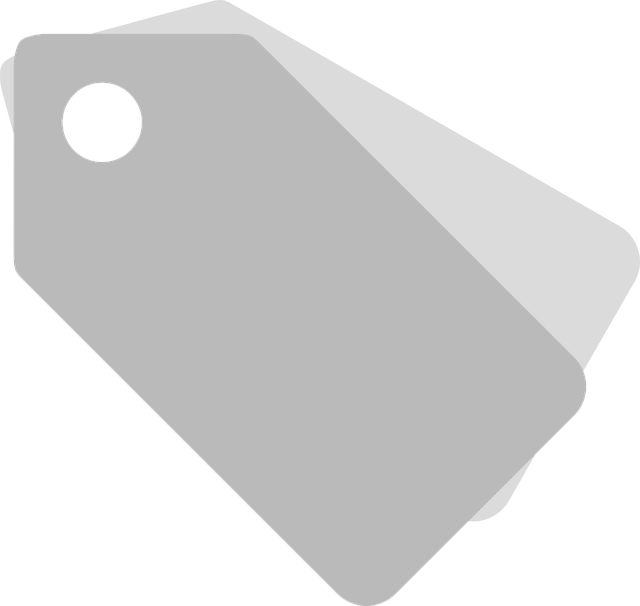Skin tags, caused by friction or certain medical conditions, can be removed at home in Leeds using over-the-counter (OTC) products. Active ingredients like salicylic acid, lactic acid, and potassium nitrate disrupt skin tag blood supply, leading to gradual elimination over weeks to months. While effective and accessible, OTC solutions require careful application and may cause mild irritation; a patch test is recommended. Individuals with sensitive skin or medical conditions should consult a healthcare provider before using these products for Leeds Tag Removal.
Looking to remove skin tags in Leeds? This comprehensive guide explores effective over-the-counter (OTC) solutions for safe, at-home tag removal. Understanding various types of skin tags and their causes is the first step. We review top OTC products, discussing application techniques for optimal results. Additionally, we cover essential safety precautions, potential side effects, and when professional medical intervention might be necessary.
- Understanding Skin Tags: Causes and Types
- Over-the-Counter Options for Tag Removal
- Effective Products and Their Application Techniques
- Safety Precautions and Potential Side Effects
Understanding Skin Tags: Causes and Types
Skin tags, also known as acrochordons, are small, soft skin growths that typically appear in areas where skin rubs against itself. They can be as small as a few millimetres or grow up to a centimetre or more. While they are generally harmless and often painless, some people choose to remove them for cosmetic reasons. Understanding the causes and types of skin tags is an essential first step in considering Leeds Tag Removal options.
The most common cause of skin tags is friction or irritation of the skin. They frequently occur in areas such as the neck, armpits, groin, and belt lines. Certain conditions like diabetes, obesity, or hormonal changes can also increase the likelihood of developing skin tags. There are different types, including acrochordons, which are the most typical; tag-like growths with a stalk; and verrucae, which resemble warts and may be more raised and rough in texture. Recognizing these variations can help individuals make informed decisions regarding over-the-counter treatments for Leeds Tag Removal.
Over-the-Counter Options for Tag Removal
When it comes to Leeds tag removal, over-the-counter (OTC) products offer a convenient and relatively safe solution for getting rid of skin tags at home. These products typically contain a combination of ingredients that work to remove or shrink the tags by disrupting their blood supply. Common OTC options include creams, gels, and pads infused with chemicals like salicylic acid, lactic acid, or potassium nitrate.
Salicylic acid is a popular choice due to its ability to soften and dissolve skin cells, making it effective for shedding tags gently over time. Lactic acid, on the other hand, works by exfoliating the tag and stimulating cell turnover. Potassium nitrate helps to reduce inflammation and stop blood flow to the tag, causing it to fall off eventually. It’s important to follow the instructions carefully and be patient, as these treatments may take several weeks or even months for optimal results.
Effective Products and Their Application Techniques
When it comes to effective skin tag removal in Leeds, several over-the-counter (OTC) products have gained popularity for their ability to target and eliminate these small growths. One widely recommended option is salicylic acid, a beta-hydroxy acid known for its exfoliating properties. Topical creams or gels containing this ingredient can be applied directly to the skin tags, helping to dissolve the dead skin cells and promote their gradual removal over time. It’s crucial to follow the product instructions carefully, as excessive use may lead to skin irritation.
Another potent OTC option is a combination of potassium hydroxide and glycerin. These ingredients work together to soften and remove the skin tag by breaking down the protein in the skin. This method often requires more application precision than salicylic acid, but it can be highly effective for smaller tags. Always test the product on a small area first and use it sparingly as directed to avoid potential skin damage or discomfort.
Safety Precautions and Potential Side Effects
When considering over-the-counter (OTC) methods for Leeds tag removal, it’s crucial to prioritize safety. While these products are designed to be user-friendly, they still carry potential risks and side effects. Always read and follow the instructions provided with the OTC product meticulously. Conducting a patch test on a small area of skin before applying the product to larger areas is recommended to check for any adverse reactions. Common side effects may include mild irritation, redness, or itching at the application site, but more severe reactions are rare when products are used as directed. Individuals with sensitive skin or those taking certain medications should exercise caution and consult a healthcare professional before using OTC tag removal products to ensure safety.
When considering Leeds Tag Removal, over-the-counter products offer a safe and effective solution for eliminating skin tags. By understanding the various types and causes, you can make informed decisions about which product suits your needs. With careful application and awareness of potential side effects, many people successfully remove skin tags from the comfort of their homes. Always remember to consult a healthcare professional if concerns arise during the removal process.
